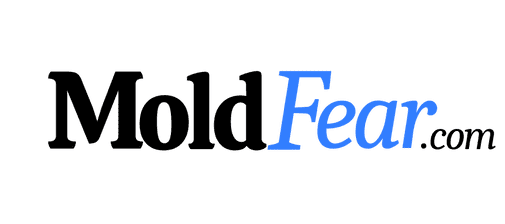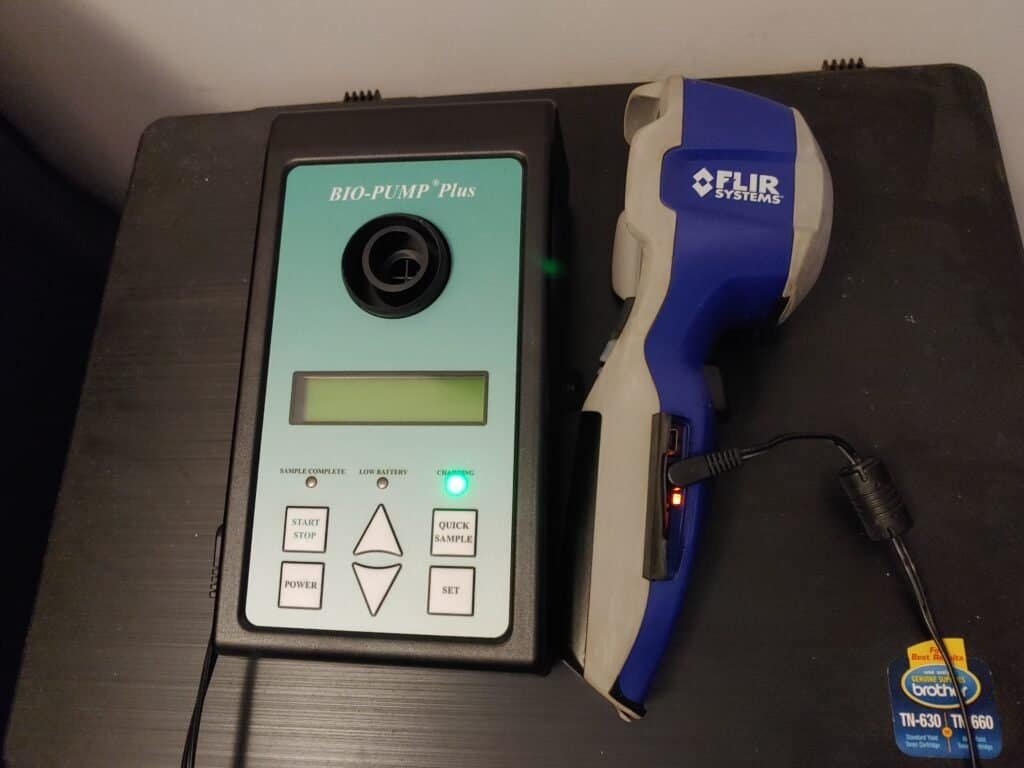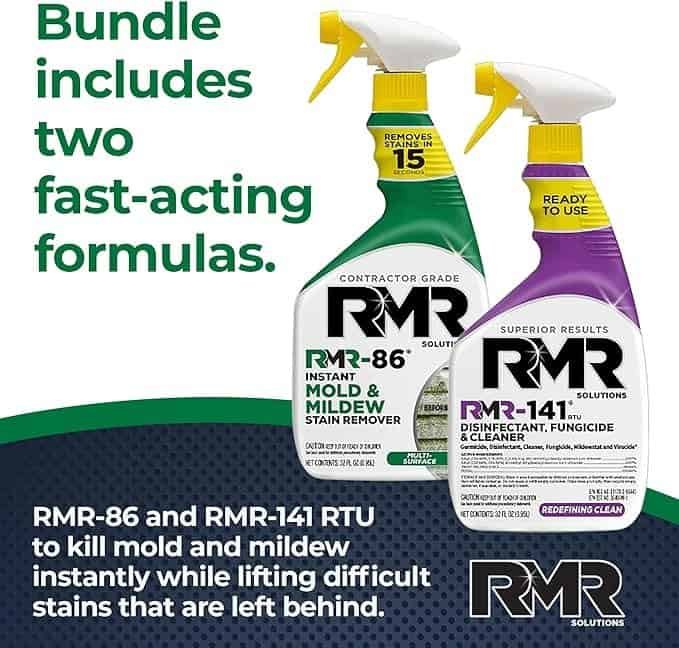Mold is a common issue that homeowners face, and it can cause various health problems if left unaddressed. Mold thrives in moist environments and can lead to structural damage and a decrease in property value, making it essential for homeowners to understand how to detect and deal with mold growth. In this article, we will discuss the basics of mold testing – an essential step for identifying and addressing mold problems in the home.
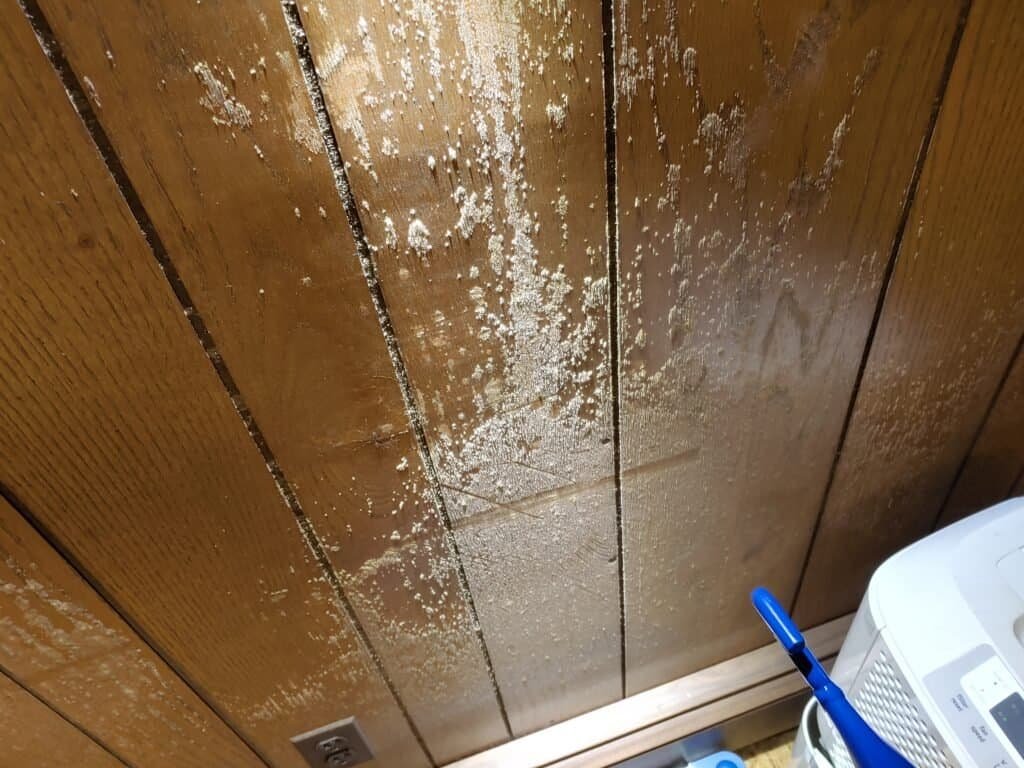
Understanding mold in our homes is vital because it can impact not only our living environment but also our health. There are more than 100,000 types of mold, and they can lead to respiratory issues, allergies, headaches, and even more severe complications if left undetected. Homeowners should be aware of the common signs of mold problems, such as discolored spots on walls and floors, high humidity levels, and respiratory problems among residents.
Testing for mold can be done through DIY or professional methods, each with its own advantages and drawbacks. Knowing how to choose the appropriate method for your situation, interpret the test results accurately, and implement proper mold remediation techniques can make all the difference in keeping your home safe and preventing future mold problems from occurring.
Key Takeaways
- Mold testing is crucial for maintaining a healthy and damage-free home
- Be aware of common signs of mold problems and their health implications
- Know the difference between DIY and professional mold testing to choose the best approach for your situation
Understanding Mold in the Home
Types of Mold
Mold is a type of fungus that can grow both indoors and outdoors. They reproduce by releasing spores into the air, which can be inhaled and can potentially cause health problems. There are several common types of mold that can be found in homes, including:
- Aspergillus: This mold is commonly found on walls, food, and air conditioning systems. It can cause respiratory problems, especially for those with compromised immune systems or pre-existing lung conditions.
- Cladosporium: Frequently found on surfaces like painted walls, wood, and textiles, this mold type can trigger allergy symptoms, including sneezing, itchy eyes, and skin rashes.
- Stachybotrys Chartarum: Also referred to as black mold, this type of mold is particularly hazardous as it can produce toxic compounds called mycotoxins, which can cause severe health issues.
Common Locations for Mold Growth
Mold thrives in damp and humid environments, making some areas in the home more susceptible to mold growth than others. Some common locations for mold growth in the home include:
- Bathrooms: High humidity and moisture levels in bathrooms make them prime locations for mold growth. You can often find mold on tile grout, around the bathtub, in the sink, on the shower walls, and under the sink.
- Basements: Basements often have poor ventilation, creating a damp environment perfect for mold growth. Mold can form on walls, carpets, wooden structures, and other items stored in the basement.
- Kitchens: Like bathrooms, kitchens have high humidity levels from steam produced during cooking. Mold can develop on kitchen walls, under the sink, on countertops, and around appliances like the dishwasher and refrigerator.
- Laundry rooms: The combined moisture from both the washer and dryer can create an environment where mold can easily develop on walls, floors, and around the appliances themselves.
Keeping your home dry and well-ventilated can help prevent mold growth. In case of any visible signs of mold, it’s essential to address the issue promptly, either by cleaning the affected area or testing for mold to identify the type and extent of mold present.
Health Implications of Mold Exposure
Respiratory Problems and Allergies
Mold exposure can lead to various health issues such as respiratory problems and allergic reactions. When mold releases spores into the air, it can irritate the throat, eyes, nose, and lungs of both mold-allergic and non-allergic individuals [source]. This can cause symptoms like stuffy nose, sore throat, coughing, wheezing, and burning eyes, especially for those already suffering from allergies or asthma [source].
Some common mold types that are often found in homes and can cause health concerns include Aspergillus and Stachybotrys chartarum, also known as “toxic black mold.
Toxic Mold and Mycotoxins
Stachybotrys chartarum produces mycotoxins, which can pose serious health risks if inhaled or touched. Exposure to mycotoxins can cause symptoms such as:
- Skin rash
- Fatigue
- Headaches
- Joint pain
- Nausea
- And even more severe effects for immune-compromised individuals or those with chronic lung diseases [source]
Aspergillus molds also release mycotoxins and can cause similar health problems as Stachybotrys chartarum. However, not all Aspergillus species produce mycotoxins, and their effects on human health can vary.
To protect your health, it’s essential to address any mold issues promptly, especially if you have pre-existing respiratory conditions, allergies, or a weakened immune system. Regular mold testing can help you identify mold problems early and take steps to remediate the issue before it leads to more serious health concerns.
Indicators of Mold Problems
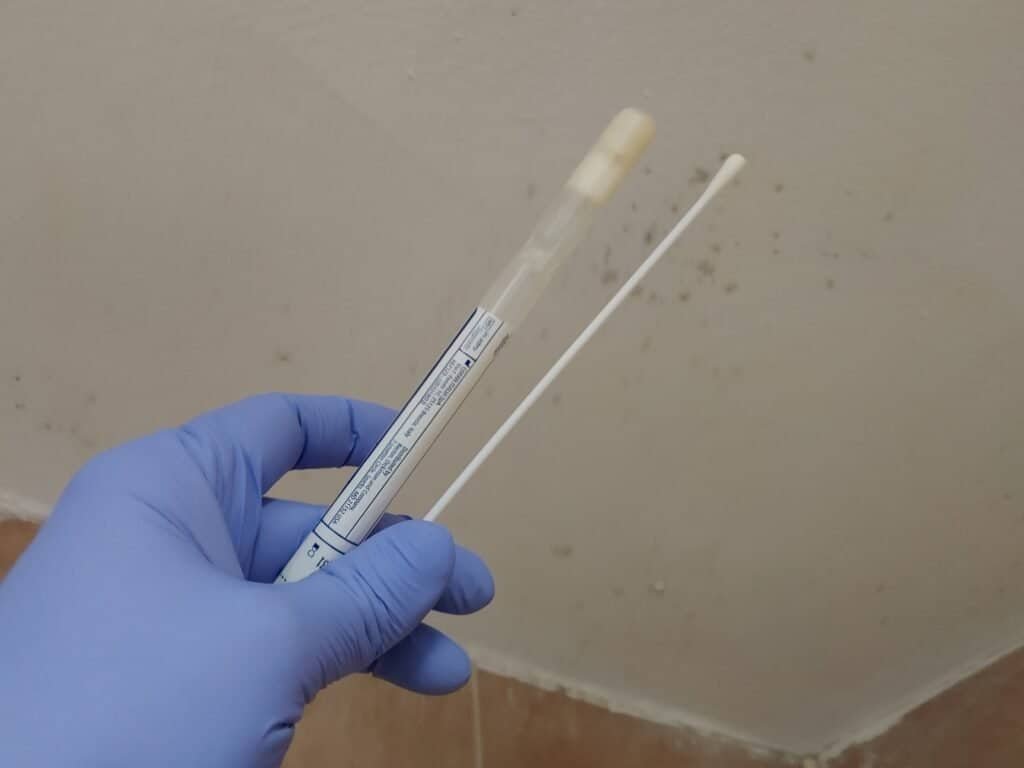
Mold problems can be a significant cause for concern in any home. As a homeowner, it is essential to be aware of the signs that indicate mold issues. This section will discuss two main indicators of mold problems: visible signs and musty odors.
Visible Signs
One of the primary indicators of mold problems in a home is visible mold growth. Visible mold may appear as fuzzy or slimy patches in various colors, including green, black, or white, on surfaces such as walls, ceilings, and floors. It is crucial to address visible mold as soon as possible, as it can lead to structural damage and adversely impact the value of your property.
In addition to visible mold growth, signs of water damage can also suggest potential mold issues. Water damage may present as discoloration, staining, or peeling paint on walls and ceilings. Furthermore, damp, swollen, or warped materials, such as wood or drywall, can also indicate the presence of hidden mold growth.
Musty Odors
Another key indicator of mold problems is the presence of musty odors. These smells typically come from the volatile organic compounds (VOCs) that molds release during their growth. A persistent musty smell in a room, even after thorough cleaning, can suggest hidden mold growth behind walls, under floors, or in other hard-to-reach areas.
It is essential to act promptly if you detect a musty odor in your home since this may be a sign of a more extensive mold problem. Addressing mold issues early is crucial, as prolonged exposure can lead to various health issues, particularly for those with allergies, asthma, or weakened immune systems.
In conclusion, homeowners should keep an eye out for visible signs of mold growth and be attentive to any musty odors in their homes, as these are strong indicators of mold problems. Identifying and addressing mold issues early on can help protect your home’s structural integrity and safeguard the health of its occupants.
Mold Testing Procedures
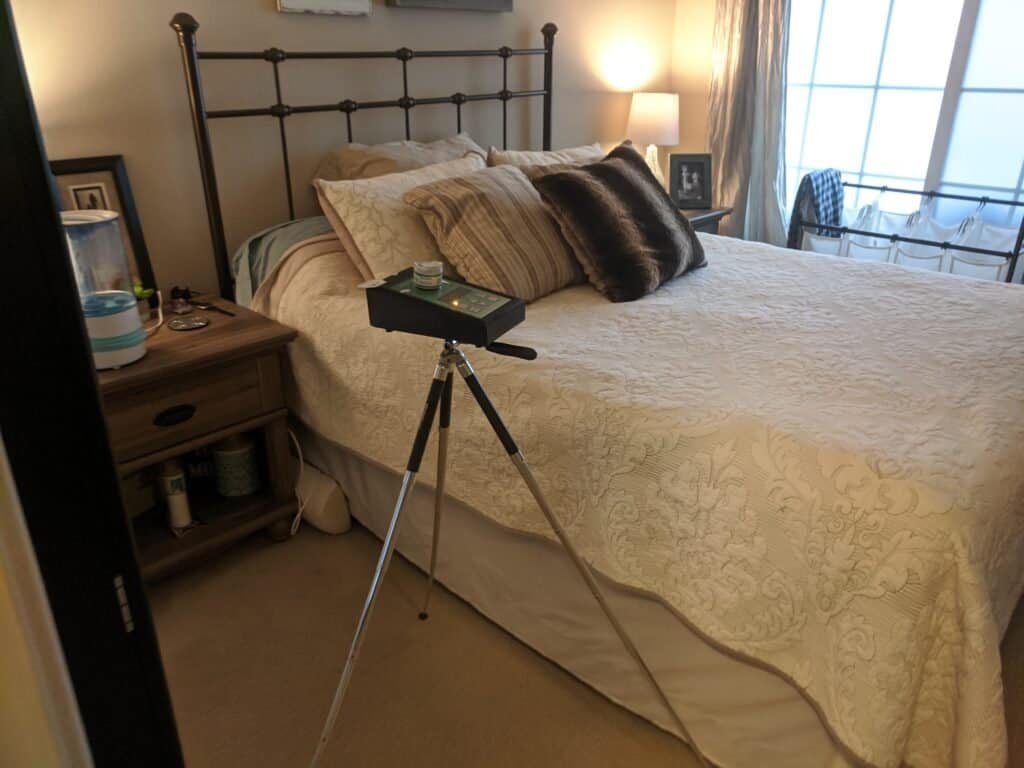
Air Sampling
Air sampling is a common method used by mold inspectors during a mold inspection to test for mold presence in a home. It involves placing a negative air pump on a tripod or on a table in a room of the home for a certain amount of time with a cassette on the pump1. The purpose of air sampling is to measure the concentration of mold spores in the air to determine if there is a mold problem. This method is useful as it can help identify mold sources that may not be visible through a visual inspection.
Surface Sampling
Surface sampling is another procedure for mold testing. It helps determine the presence of mold on surfaces such as walls, floors, and furniture. One common technique used in surface sampling is swab testing, where a cotton swab is wiped across a suspected moldy surface and then sent to a lab for analysis2. Another technique is tape lift sampling, which involves pressing a clear adhesive tape on the moldy area and lifting the tape to collect mold spores3. Surface sampling can provide valuable information about mold type, extent, and can serve as a supplement to visual inspection.
Bulk Sampling
Bulk sampling is a mold testing procedure that typically involves taking samples of materials in the home, such as wallboard, insulation, or carpet, to detect the presence and extent of mold growth4. This method is useful in cases where a more invasive approach is required to determine the mold problem. Bulk samples are sent to a laboratory for analysis, where mold spores are counted and identified. The information obtained from bulk sampling may help mold inspector to make decisions about mold remediation and develop a more accurate mold assessment plan.
Footnotes
DIY vs. Professional Mold Testing
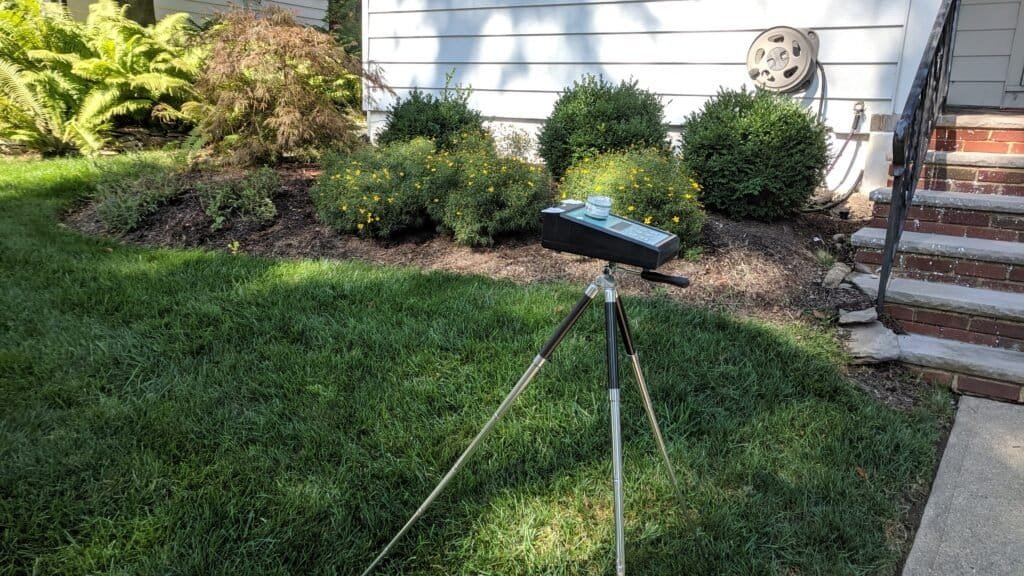
When to Hire a Professional
Hiring a professional mold inspector is often considered when the mold issue is severe or the homeowner has health concerns. In cases where the mold is not visible but there is a musty odor or the potential for hidden growth, a professional can provide accurate results while assessing the extent of the problem.
Professional mold inspectors use specialized equipment and industry guidelines to evaluate the mold in your home. They typically perform a visual inspection, humidity measurement, and air sampling. A professional inspection can be more costly, with prices ranging from $300 to $1,000, depending on the size of the house and the extent of the inspection. However, you can trust their results and recommendations to remedy mold growth effectively.
Using Mold Test Kits
DIY mold test kits are an affordable and accessible method for homeowners who suspect mold in their home. Many of these kits are available at home improvement stores or online, with prices ranging from $10 to $50, making them significantly cheaper than a professional mold assessment.
To use a mold test kit, simply follow the manufacturer’s instructions to collect samples from the air or surfaces in your home. Some kits require you to send the samples to a laboratory for analysis. While DIY test kits are cost-effective and provide quick results, their accuracy can be limited. They may yield false negatives or positives, leading to unreliable results and can’t provide a comprehensive inspection like a professional service.
| DIY Mold Test Kits | Professional Mold Inspection | |
|---|---|---|
| Cost | $10 – $50 | $300 – $1,000 |
| Accuracy | Limited, can yield false results | High, precise analysis |
| Scope | Mold detection only | Mold detection and assessment |
In summary, choosing between DIY and professional mold testing depends on the situation and your budget. DIY mold test kits are a more affordable option but may provide less accurate results. On the other hand, a professional mold inspection can be more expensive but offers precise analysis and comprehensive inspection of mold growth in your home.
Interpreting Mold Test Results
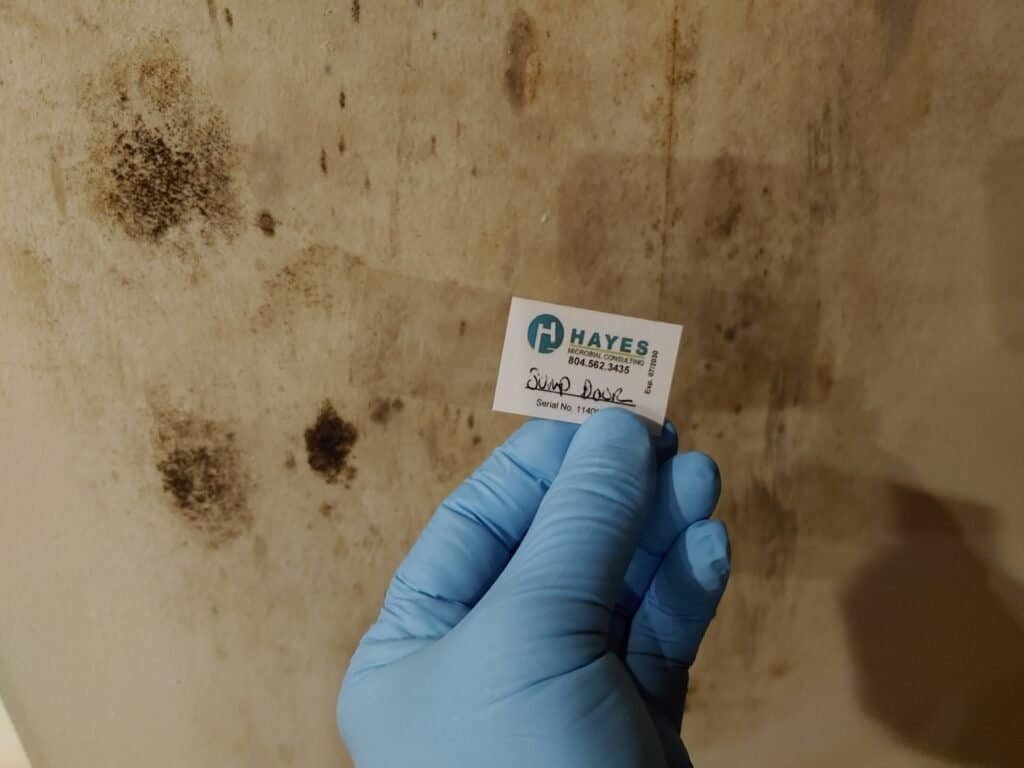
Understanding Lab Analysis
After conducting a mold test, a certified lab will provide you with a detailed report containing information about the species of mold detected, the concentration of mold spores, and other relevant data. It is essential to understand the lab analysis to identify potential health risks and take appropriate action. Mold test results usually list different mold species found in your home, measured in raw count and concentration (spores per cubic meter). Some labs may also provide information on the potential health risks associated with each species of mold. For instance, Aspergillus and Penicillium are common mold types that can trigger allergies or other health issues.
Here’s a sample table illustrating a mold test result:
| Specie | Raw Count | Concentration (spores/m3) | Health Risk |
|---|---|---|---|
| Aspergillus | 20 | 800 | Moderate |
| Penicillium | 10 | 400 | Low |
| Cladosporium | 5 | 200 | Low |
Assessing Indoor Air Quality
Interpreting mold test results also involves evaluating indoor air quality. Mold spore concentration is a significant factor in determining the severity of mold issues in your home. Comparing the indoor mold spore levels with those found outside helps you assess if there is a mold problem. It’s not uncommon for small quantities of mold spores to be present indoors; however, significantly higher concentrations indicate a mold issue that requires attention.
For instance, if you have 1,000 spores/m3 of mold indoors and 500 spores/m3 outdoors, your home’s indoor air quality may be compromised, as the mold levels are higher than the outdoor levels. This is a sign that mold growth may be occurring within your home, and you should take appropriate measures to remediate the problem. Consider hiring a mold professional to assess the situation further and provide recommendations for mold remediation.
In conclusion, understanding mold test results is crucial for homeowners to assess indoor air quality, health risks, and potential mold problems in their homes. By familiarizing yourself with lab analysis details and comparing indoor and outdoor mold levels, you can make informed decisions on addressing mold issues and maintaining a healthy living environment.
Mold Remediation and Prevention
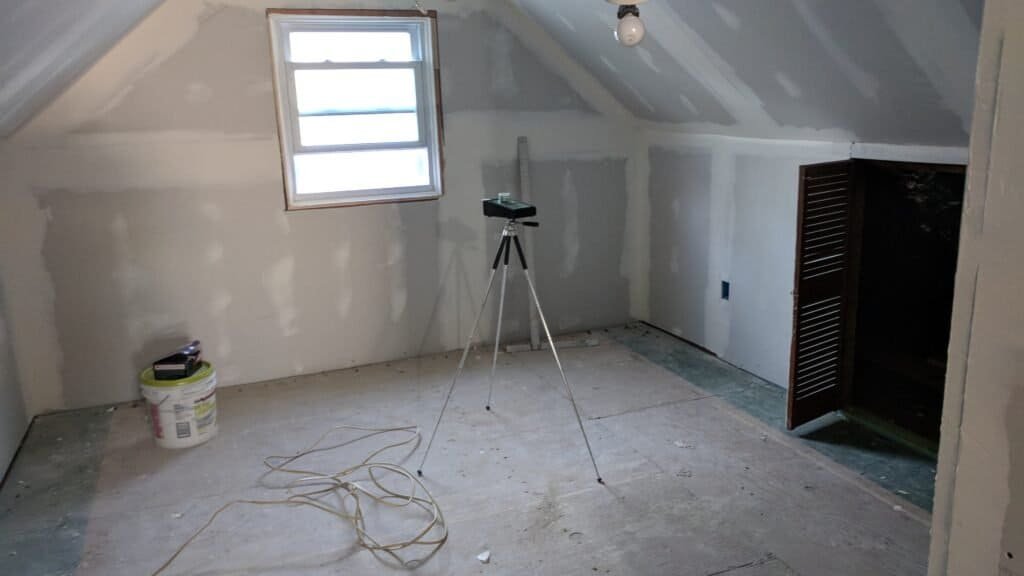
Treating Existing Mold
Mold remediation is the process of cleaning and removing mold from an affected area. Once mold growth is detected, it’s essential to address the issue promptly to avoid potential health problems and damage to your property. For small areas, homeowners can often handle the cleanup themselves using a mixture of water and mild detergent. However, it’s recommended to consult a professional mold remediation service for extensive mold infestations to ensure proper removal and disposal.
During the remediation process, make sure to:
- Wear appropriate protective gear such as gloves, masks, and goggles
- Isolate the affected area to prevent the spread of spores
- Use HEPA vacuums and air scrubbers to clean the air
Preventing Future Growth
To prevent mold growth, it’s crucial to control moisture and maintain appropriate humidity levels within your home. The ideal indoor humidity should be in the range of 30-50%. Here are some useful tips to achieve mold prevention and moisture control:
- Regularly inspect and maintain your home: Look for water leaks or damage in your roof, walls, and plumbing systems. Repair any issues immediately to prevent water intrusion.
- Proper ventilation: Ensure proper airflow by using exhaust fans in high-moisture areas like bathrooms, kitchens, and laundry rooms.
- Dehumidifiers: Use a dehumidifier to reduce humidity levels in damp or humid areas such as basements.
- Insulation: Adequately insulate your home, including walls, attics, and crawl spaces, to prevent condensation from forming on cold surfaces.
- Moisture-resistant materials: Use moisture-resistant materials, such as mold-resistant drywall and paints, when building or renovating your home.
- Routine cleaning: Regularly clean and disinfect high-moisture areas and surfaces where mold is likely to grow.
Remember, the key to preventing mold growth is to address moisture issues and maintain a clean, dry environment in your home. By following these mold prevention tips, you can protect your property and ensure the well-being of your family.
Frequently Asked Questions
How can homeowners conduct accurate mold testing in their residences?
Homeowners can conduct accurate mold testing by either using DIY mold test kits or hiring a professional for a thorough inspection. DIY mold test kits are available in stores and typically involve sampling the air or surfaces of your home. However, for the most accurate results, it is recommended to hire a professional mold inspector who has the expertise and tools to identify all mold sources effectively.
What are the critical steps to prepare for a mold air quality test at home?
Before performing a mold air quality test at home, homeowners should close all doors, windows, and vents in the room to be tested for 24 hours Forbes Home. This allows the concentration of mold spores to stabilize, providing more accurate results. Additionally, homeowners should clean and dry any wet surfaces to ensure mold growth does not occur during the testing period.
Is it possible to obtain a mold inspection at no cost, and if so, how?
While some local health departments or government agencies may offer free mold inspections or consultations, this service may not be available in all areas. However, homeowners can try contacting their local health department to inquire about any free services they may provide. It is essential to mention that free inspections may not be as comprehensive as professional assessments and might not adequately address your mold concerns.
What methods are used by professionals to detect mold inside walls?
Professionals detect mold inside walls using various methods, including visual inspections, moisture assessments, bulk samples, and technologies such as infrared imaging. These techniques allow inspectors to analyze hidden areas and identify any moisture issues contributing to mold growth. The EPA provides more information about mold detection and recommends hiring professionals if there is a suspicion of mold behind walls.
How trustworthy are DIY mold test kits compared to professional assessments?
DIY mold test kits provide a sense of the presence of mold in your home but may not always produce accurate results or identify the full extent of mold issues. They mainly offer a quick snapshot and might not be as comprehensive as a professional mold assessment, which can analyze hidden areas, moisture levels, and air quality. For a complete understanding of your home’s mold situation, it is recommended to contact a professional inspector.
What should one expect from a Health Department mold inspection service?
A Health Department mold inspection service typically involves a visual inspection, basic moisture readings, and general guidance on mold prevention and remediation. However, services may vary depending on local regulations and guidelines. While these inspections can provide valuable information, they may not be as comprehensive as hiring a professional mold inspector. To address specific mold concerns properly, it is advisable to consult with experienced professionals in the field.
